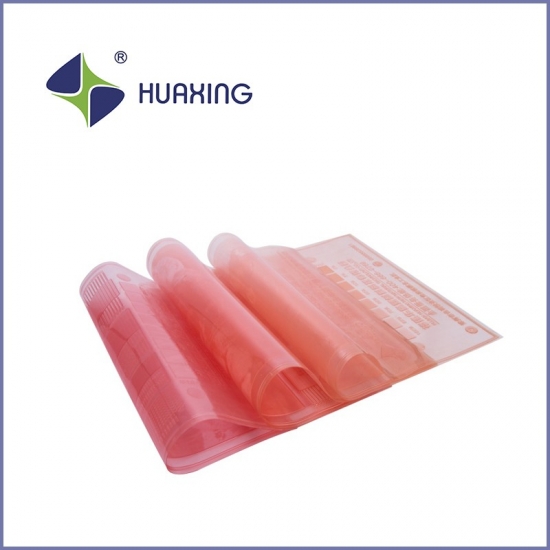Flexographic printing plates are an important part of the flexographic printing process. These plates are responsible for transferring the ink to the substrate, resulting in high-quality prints. In this article, we'll explore the different types of flexographic printing plates, their benefits, and how to choose the right plate for your printing needs.
Types of flexographic printing plates
There are mainly three types of flexographic printing plates: rubber plate, photosensitive resin plate and elastomer plate. Rubber plates are the oldest flexographic printing plates, made of natural or synthetic rubber. They are known for their durability and are great for printing on rough surfaces. However, they are not suitable for printing fine details.
Photosensitive resin plate is the most commonly used flexographic printing plate. They are made of a photosensitive polymer material that hardens when exposed to UV light. Known for their high resolution, they are ideal for printing fine details and images. Elastomeric printing plates are a new type of flexographic printing plates made of a mixture of rubber and photopolymer materials. Known for their flexibility, they are ideal for printing on curved surfaces.
Advantages of flexographic printing plates
Flexographic printing plates offer several advantages over other types of printing plates. First, they are cost-effective and can be used for short and long runs. Second, they are versatile and can be used to print on a variety of substrates, including paper, plastic and metal. Third, they provide high-quality prints with vibrant, vibrant colors. Finally, they are environmentally friendly as they use water-based inks and generate less waste than other printing processes.
Choosing the Right Flexo Printing Plate
Selecting the right flexographic printing plate is critical to achieving high-quality printing. The type of plate you choose depends on several factors, including the substrate you are printing on, the type of ink you are using, and the level of detail you require. Photoresin plates are great for printing fine details and images, while rubber plates are better for printing on rough surfaces. Elastomeric plates are ideal for printing on curved surfaces.
Maintaining Flexo Printing Plates
Maintaining your flexographic printing plates is essential to ensure their longevity and optimum performance. Regular cleaning and inspection of the boards will help prevent damage and ensure they are in good condition. It is also important to store plates properly to prevent them from becoming deformed or damaged.
in conclusion
Flexographic printing plates are an important part of the flexographic printing process. They offer several advantages over other types of plates, including cost-effectiveness, versatility, and high-quality prints. Choosing the right type of plate and maintaining it properly will help ensure you get the best results. Whether you're printing on paper, plastic or metal, flexographic printing plates are the key to high-quality printing.
Application of flexographic printing
The advantage of flexo printing over lithography is that it can use a wider range of inks, water-based inks instead of oil-based inks, and is good at printing on a variety of different materials, such as plastic, foil, acetate film, kraft paper and other materials for packaging. Typical products that use flexo printing include brown corrugated boxes, flexible packaging (including retail and shopping bags), food and hygiene bags and sacks, milk and beverage cartons, flexible plastics, self-adhesive labels, disposable cups and containers, envelopes and wallpaper. In recent years, there has also been a trend toward laminates, in which two or more materials are bonded together to produce a new material that is different from the original. Many newspapers are now eschewing the more common offset lithography process in favor of flexo. Flexographic printing inks, like those used in gravure printing, and unlike those used in lithography, generally have a low viscosity. This allows for faster drying and thus faster production, which reduces costs.
High-end printers using modern technology can now achieve press speeds of up to 750 meters per minute (2000 feet per minute). Flexographic printing is widely used in the converting industry for printing plastic materials for packaging and other end uses. For maximum efficiency, flexographic presses produce large rolls of material, which are then slit to final size on slitters.
Related Products







